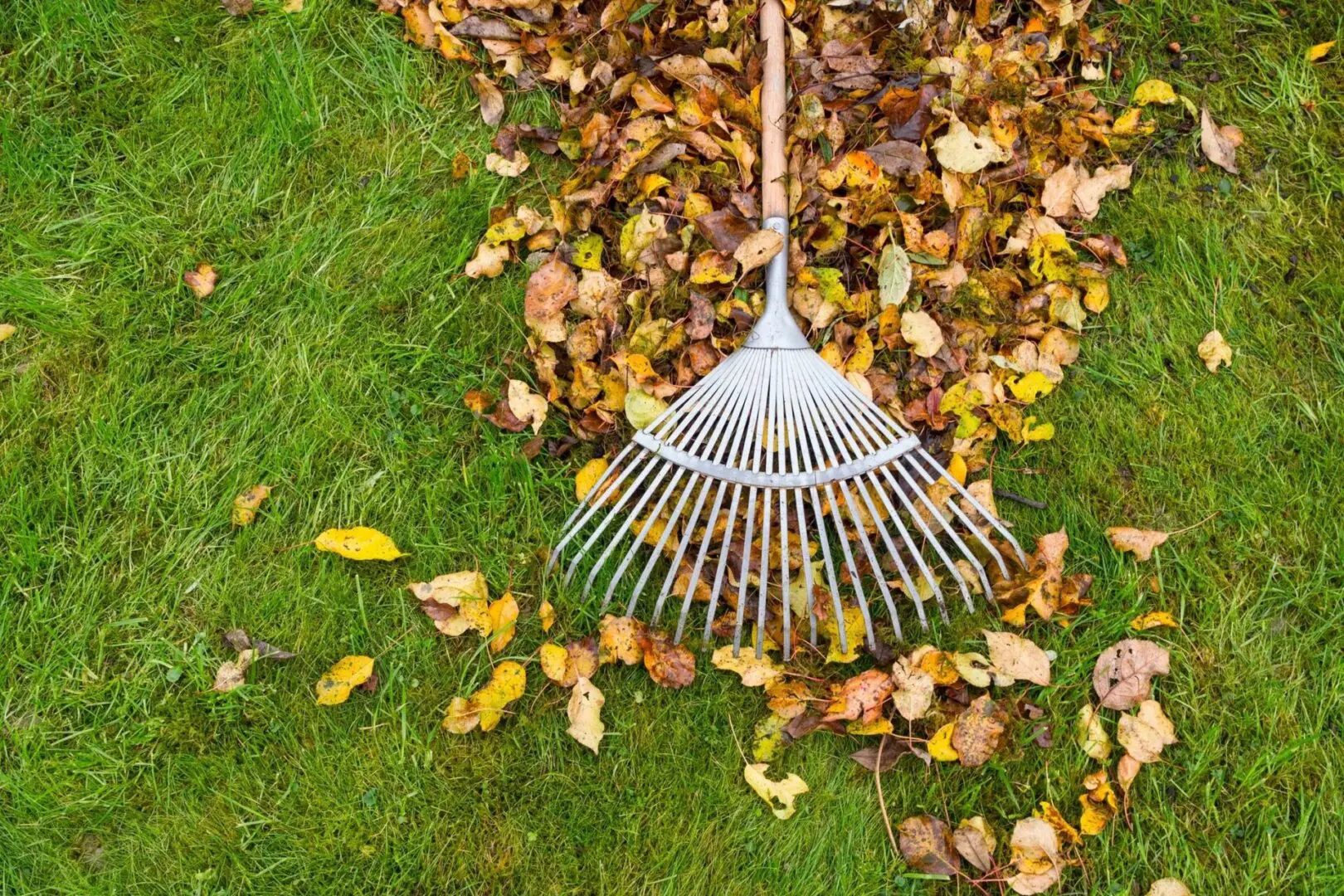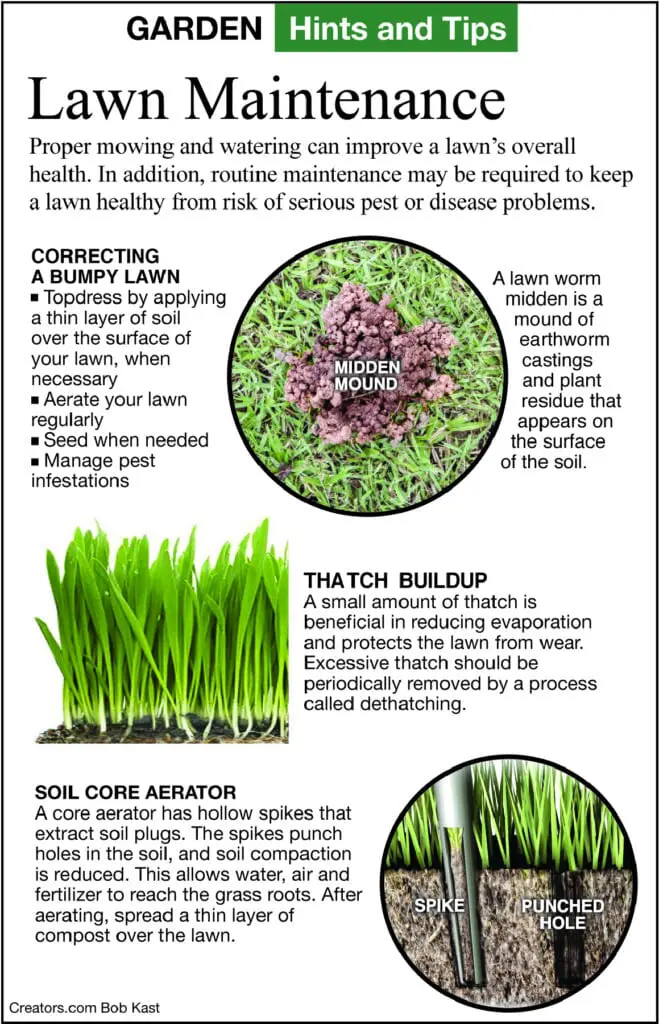Search Posts
Recent Posts
- Rhode Island Weather for June 9, 2025 – Jack Donnelly June 9, 2025
- Our Networking Pick of the Week: Uncle Jay’s Traveling Breakfast Network June 9, 2025
- When favorable treatment looks like discrimination – Mary T. O’Sullivan June 9, 2025
- To Do in RI: Literary Walking Tour, Discussion with writers in residence at Linden Place June 9, 2025
- New report recognizes music’s therapeutic and financial value in Alzheimer’s care – Herb Weiss June 9, 2025
Categories
Subscribe!
Thanks for subscribing! Please check your email for further instructions.

A Greener View: Cures for Lumpy Lawns – Jeff Rugg
by Jeff Rugg, contributing writer
Q: My lawn is getting lumpy, for lack of a better word. It is mostly shady, but I don’t think it is tree roots. There are grass plants and bare spots plus little worm dirt piles. What would be a good way to smooth it out? It is getting hard to mow and to walk on.
A: There are several causes of lumpy lawns, and you hit on two common ones. Lawns that are weak from too much shade, compacted soil or other causes tend to have grass plants spaced farther apart than healthy lawns. The grass plant itself is taller than the surrounding soil, and so the lawn is lumpy. Lawn grass varieties that grow best in shade often have a bunch growth shape and not spreading growth shape, making the lawn even more lumpy. To fix this, spread a layer of shady mix grass seed and then a thin layer of good topsoil over the lawn. It may take a couple of years to get the lowest posts filled in enough to be level.

Lawns that have fewer grass plants will have more of a problem with the grass plants lifting up during freeze and thaw cycles. The moist soil expands and lifts the grass plant out of the ground, because the soil under the plant doesn’t freeze as rapidly as the bare ground around it. There is no counteracting pressure to push the grass plant back into the ground — except rolling, which if done when the soil is wet enough to smash the grass plant into the ground, will cause compaction problems. Again, overseeding with more grass plants and a thin layer of topsoil to fill the bare spaces will help.
Earthworms come in three general types. The top layer dwellers are those species that live in the decomposing litter layers in wooded areas. The middle layer soil dwellers randomly work the top foot of soil digesting whatever organic matter they run into. The deep soil burrowers are the nightcrawlers, and they burrow several feet down into the soil. Nightcrawlers come to the surface to leave their castings in piles and pull organic matter down into their burrows with them. You will sometimes see leaves sticking out of the top of worm hills.
As worms burrow around in the spring and fall, they sometimes come to the surface to create lumpy piles of excreted soil called castings. The lumpy hill is called a midden. In hard and dry clay soils, the midden may last for many months. In other soil types, the midden falls apart easily and doesn’t cause much of a problem. Clay soils have less organic matter, and nightcrawlers use the midden to stay anchored in a protective tunnel while reaching around for organic matter.
In the summer when the soil is dry, worms tend to hibernate in small balls down deep in the soil. They also go dormant in the winter, but even deeper into the soil. If the soil is heavily watered during the summer, they might still come to the surface to create the middens.
To get rid of existing lumps, use a roller that will crush the clay dirt clods into small pieces. Use it when the soil is dry. If the soil is wet, the roller will smash the clay soil and cause compaction, which is potentially one of the reasons the worms create the middens in the first place.
In the spring and fall of the next couple of years, do a core aeration of the lawn. To be effective, a core aeration must have the cores spaced only 2 to 3 inches apart in both directions. If the tines on the aerator are farther apart, go over the lawn more than once. Also, the cores should be as long as possible. It’s best to have them 6 to 8 inches long.
Adding a thin, 1/2-inch thick layer of compost after the aeration will help mix the clay from below with organic matter to create a better soil. Core aeration should be done after rolling. Rolling will not smooth out high and low areas and is not a substitute for proper grading.
To read more columns on gardening by Jeff, go to: https://rinewstoday.com/?s=jeff+rugg

Email questions to Jeff Rugg at info@greenerview.com. COPYRIGHT 2024 JEFF RUGG
